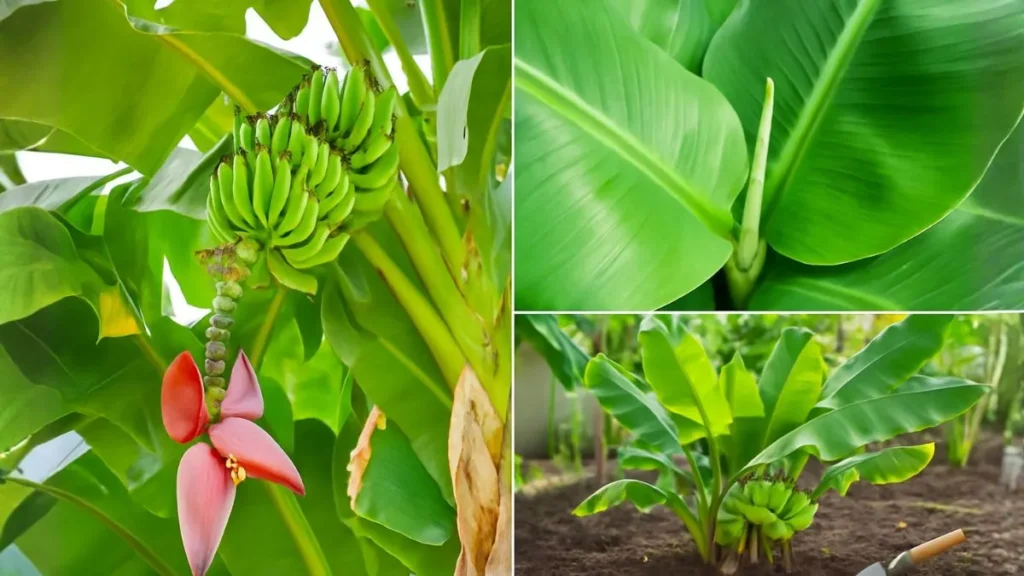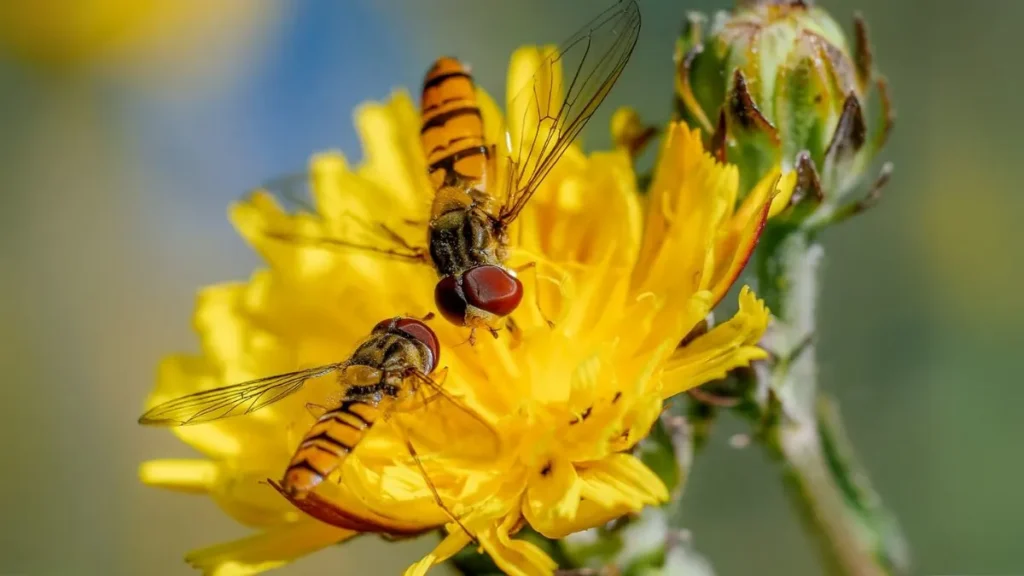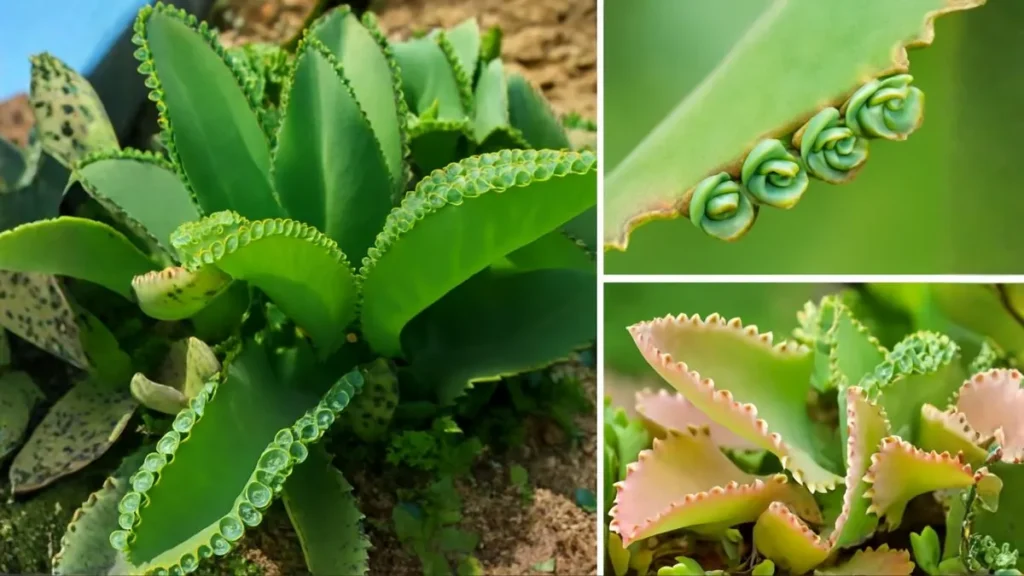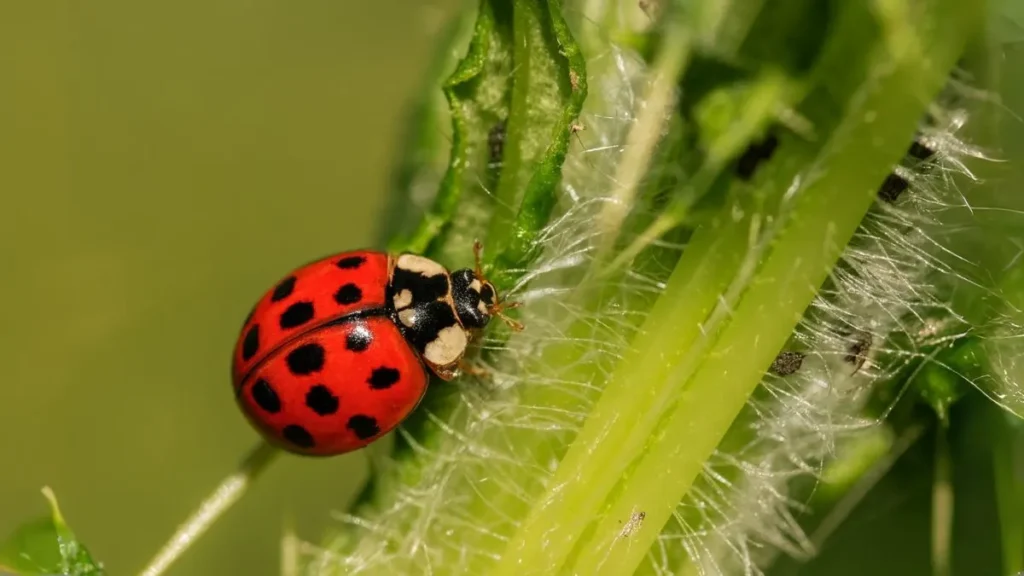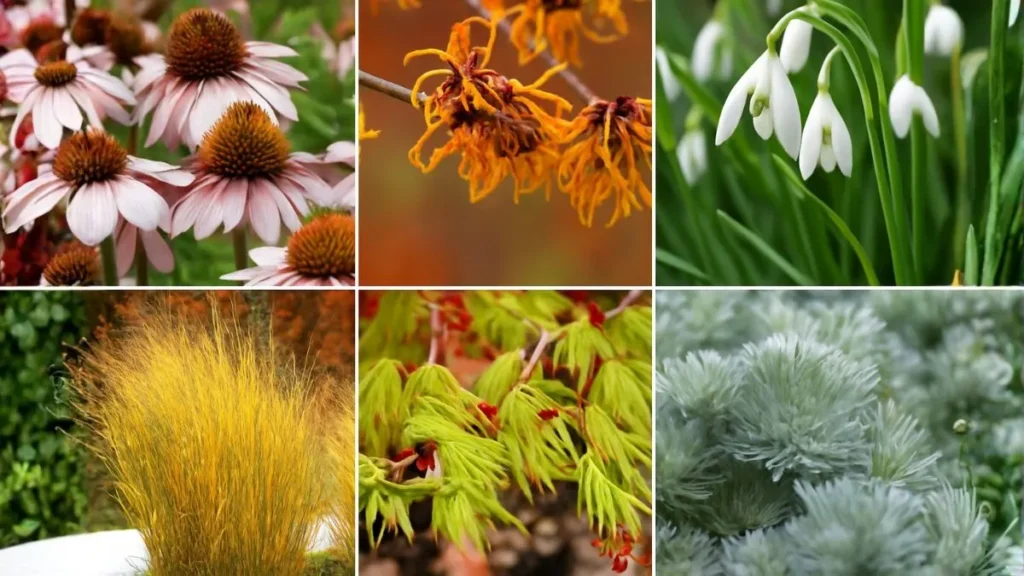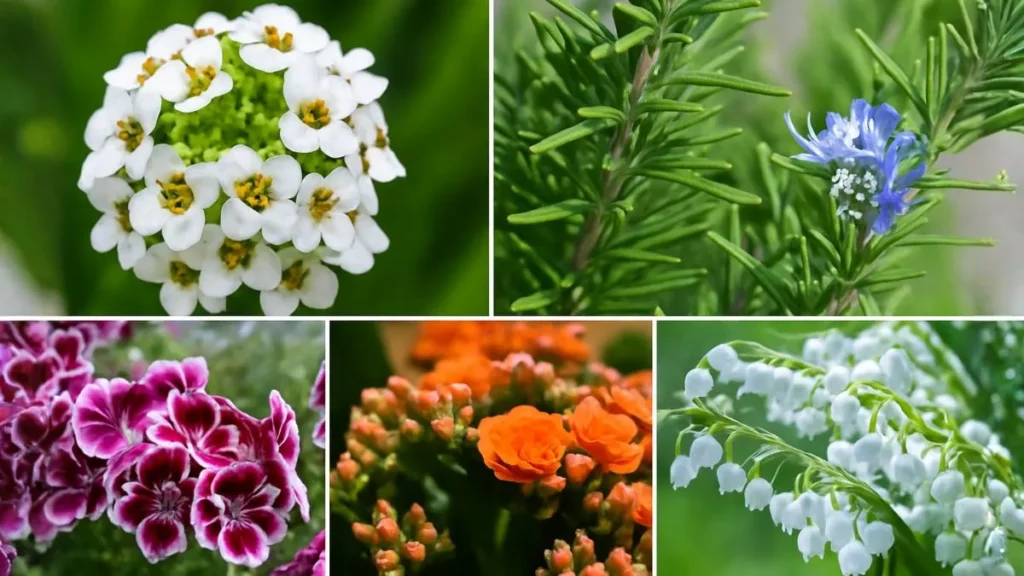There was a time when homeowners and landscapers rushed to remove clover from their lawns. Today, it’s enjoying a well-deserved comeback—not just in Canada and the USA, but worldwide. Its growing popularity isn’t accidental. This humble plant combines beauty, resilience, and impressive ecological benefits. Whether you want to create a lush, low-maintenance yard or boost soil fertility on your farm, white clover deserves a prime spot in your planting plans.
One of its superpowers is that it fixes nitrogen in the soil, helping reduce or even eliminate the need for chemical fertilizers. That’s not just good for your garden—it’s a win for the environment. Plus, it plays a role in natural detoxification, slowly improving soil quality over time.
Appearance and Growth Habits
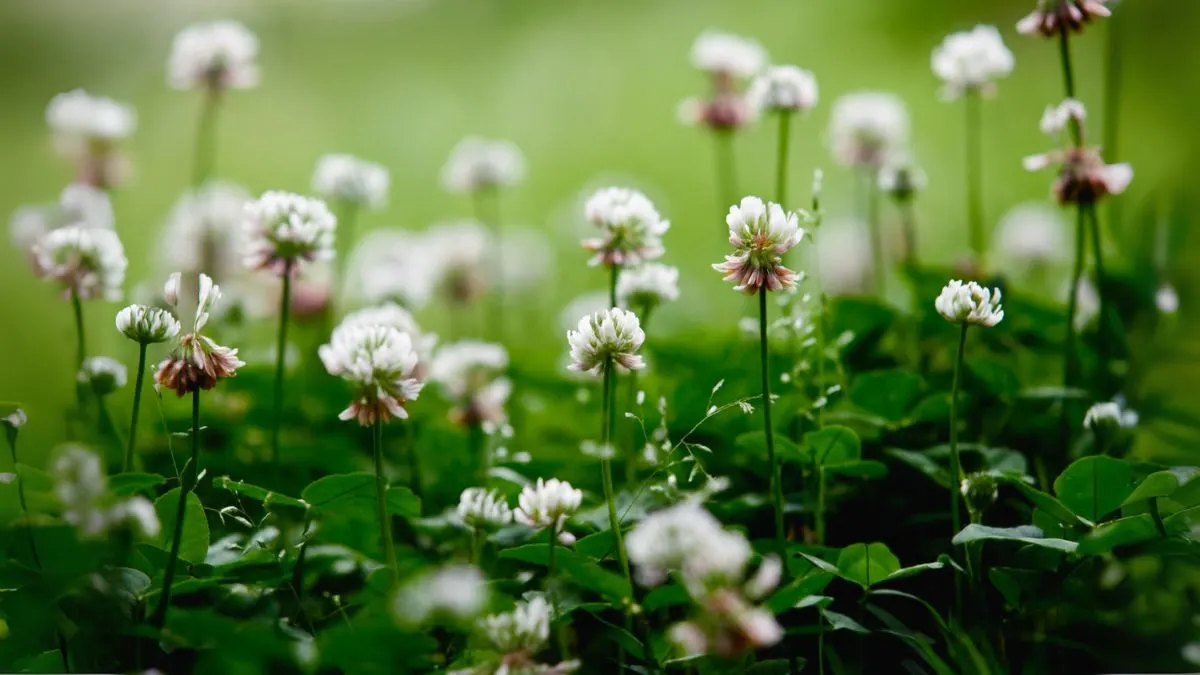
If you’ve walked barefoot across a lawn in summer, you’ve probably brushed against white clover’s soft leaves and delicate blooms. Its trifoliate leaves are sometimes marked with a pale crescent, and it produces charming, round clusters of white flowers, often tinged with pink.
Unlike traditional turf grasses, white clover does not get very tall at all—usually reaching just 4 to 8 inches in height. This makes it a natural choice for low-maintenance lawns, ground covers, and pathways. It spreads via creeping stems called stolons, forming dense mats that resist weeds and erosion.
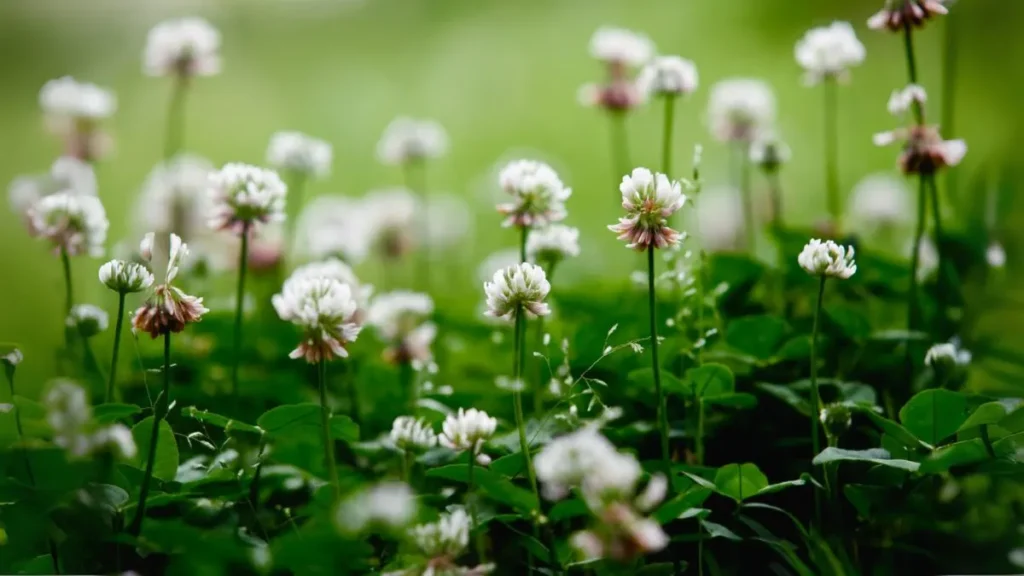
How to Identify White Clover in Your Yard
For new gardeners, it’s important to learn how to identify and control white clover in your turf.
Here’s a quick checklist:
Feature | Description |
Leaves | Three oval-shaped leaflets, sometimes with a pale crescent mark. |
Flowers | Small, round clusters of white blooms, occasionally tinged pink. |
Height | 4–8 inches. |
Growth | Spreads via creeping stolons, forming dense mats. |
Once you’ve identified it, you can decide whether to encourage its spread for its many benefits or remove it if you prefer a uniform grass lawn.
Agricultural Importance
From a farming perspective, white clover is the most important and widely used pasture legume in the world today. Its value lies in multiple factors:
- High-protein, digestible forage for livestock.
- Natural soil improvement through nitrogen fixation.
- Ability to grow in a wide range of climates.
In many areas of Canada and the northern USA, it’s sown alongside ryegrass or orchard grass, creating year-round grazing options. This mix supports both animal health and soil fertility without synthetic inputs.
Environmental Benefits
White clover is more than a pretty plant—it’s a sustainability powerhouse:
- It fixes nitrogen in the soil, reducing fertilizer costs and keeping chemicals out of waterways.
- Natural Detoxification – It helps break down contaminants, gradually improving land health.
- Clover is drought tolerant and great for pollinators – Even during dry spells, it stays green, and its blooms attract bees, butterflies, and other beneficial insects.
These qualities make it an ideal choice for eco-conscious homeowners, farmers, and landscapers.
My Personal Switch from Grass to Clover
Two years ago, I replaced half my traditional lawn with white clover. The difference was immediate: fewer weeds, no brown patches during summer drought, and an increase in pollinators buzzing around the yard. Mowing went from weekly to monthly, thanks to the fact that white clover does not get very tall at all.
Neighbors were surprised to learn that my lush, green lawn needed no constant watering or expensive fertilizer. That’s the power of letting nature work for you.
How to Control or Encourage Clover
Whether you want to promote or limit clover in your garden, the process is straightforward.
To Encourage Clover
- Overseed in spring or early fall.
- Avoid high-nitrogen fertilizers (they favor grass over clover).
- Maintain moderate mowing heights.
To Control Clover
- Use a targeted broadleaf herbicide if you prefer grass-only lawns.
- Manually pull clumps in small areas.
- Increase nitrogen feeding to give grass the upper hand.
This flexibility is part of what makes clover such a valuable plant—it can adapt to your preferences.
Beyond the Lawn: Medicinal and Edible Uses
Historically, white clover has been valued for more than just landscaping and pasture. Herbalists have brewed teas from its flowers and leaves to aid in natural detoxification and mild inflammation relief. In survival situations, young leaves can be eaten raw or cooked for a quick nutrient boost.
White Clover at a Glance
Benefit | Why It Matters |
Nitrogen Fixation | Naturally improves soil fertility. |
Low Growth Habit | Minimal mowing needed. |
Pollinator Support | Encourages biodiversity in gardens and farms. |
Drought Tolerance | Remains green during dry periods. |
Forage Quality | Nutritious feed for livestock. |
A Plant with Purpose
Whether you view it as a humble ground cover or a key player in sustainable agriculture, white clover offers undeniable value. From the way it fixes nitrogen in the soil to how clover is drought tolerant and great for pollinators, this plant supports both environmental health and visual appeal.
If you’re ready to reduce maintenance, improve soil health, and welcome more biodiversity into your yard, consider making space for this resilient little legume. Sometimes, the best gardening solutions are the ones nature has been offering all along.
